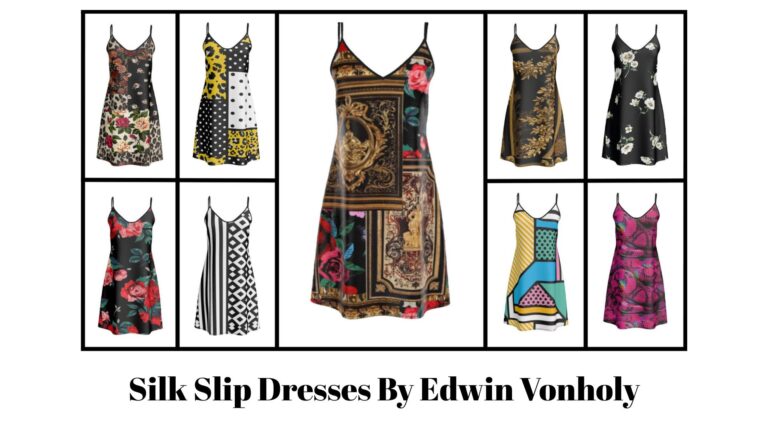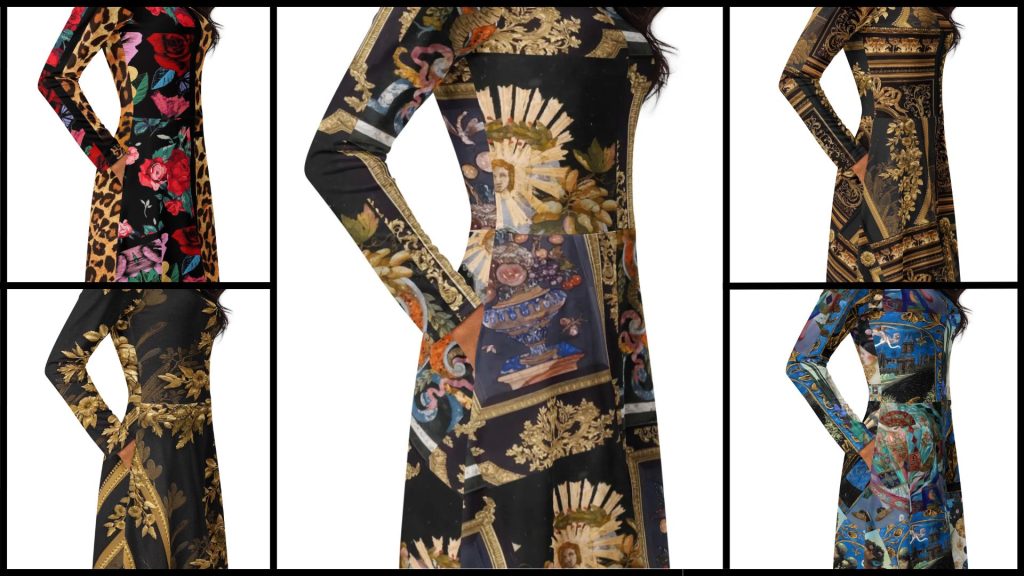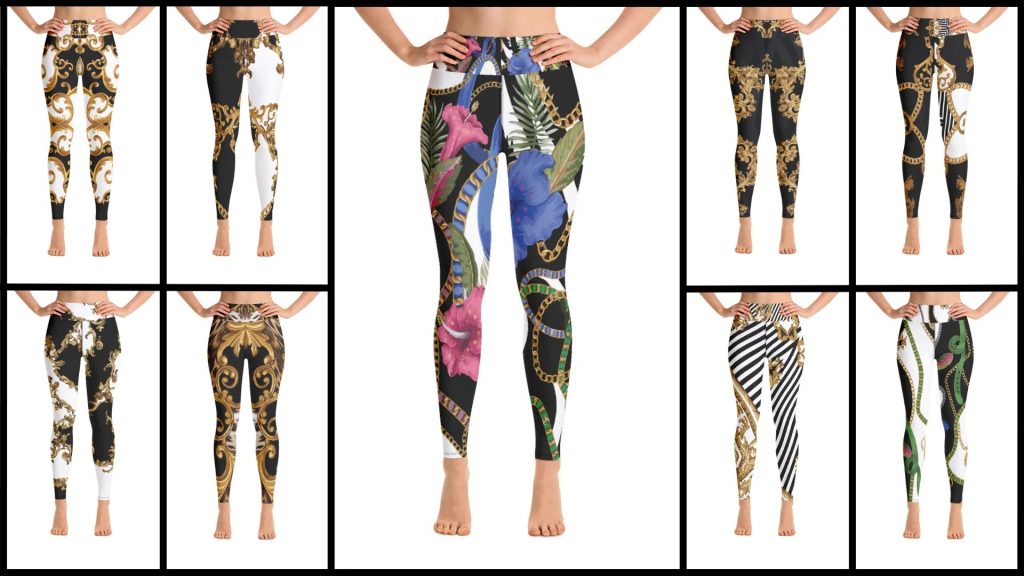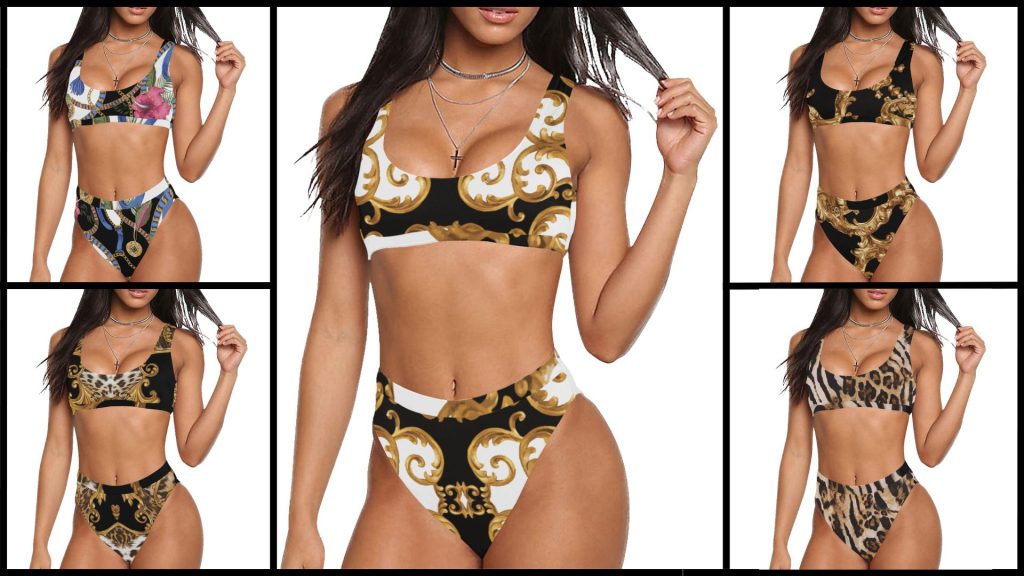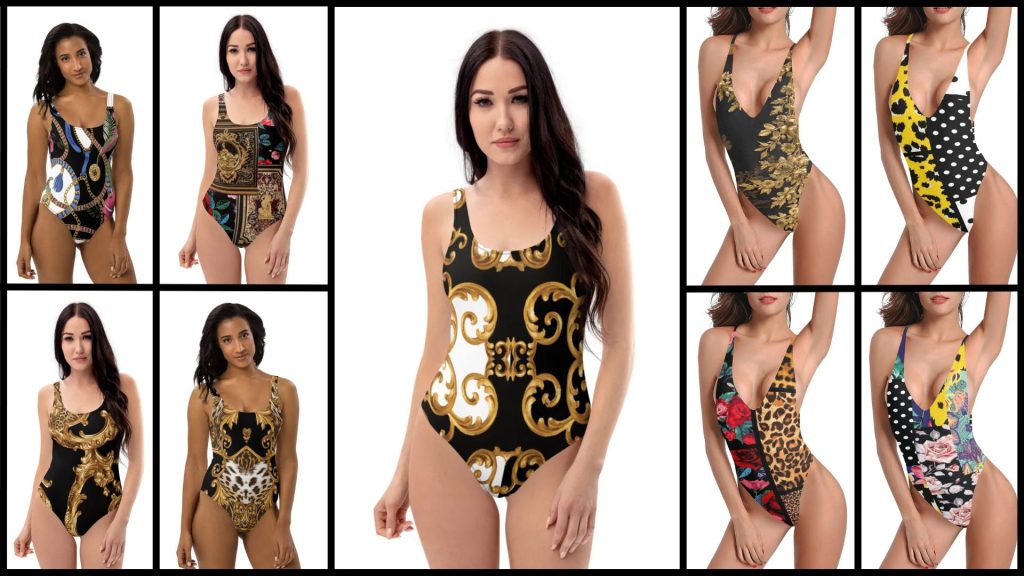The Best Fabrics for Athletic Dresses: Breathable, Moisture-Wicking, and Stylish
Athletic dresses are the perfect fusion of style and performance, allowing women to move freely while staying chic and comfortable. The key to a great athletic dress lies not just in its design, but also in the fabric it’s made from. The right fabric will ensure that you stay cool, comfortable, and dry during your activities. Whether you’re working out, running errands, or heading to a casual day out, choosing the best fabric for your athletic dress can make all the difference. Here’s a breakdown of the best fabrics for athletic dresses, each offering breathability, moisture-wicking properties, and stylish appeal.
1. Moisture-Wicking Polyester
Polyester is a popular fabric choice for athletic wear, including dresses, because of its moisture-wicking properties. This synthetic material pulls moisture away from the body, allowing it to evaporate quickly, keeping you dry during intense activities.
Benefits: Polyester is lightweight, durable, and dries quickly. It’s an ideal fabric for outdoor activities or workouts where sweat can accumulate. It’s also resistant to wrinkles and shrinking, making it low-maintenance.
Style Factor: Polyester can be easily blended with other fabrics like spandex for added stretch, making it a versatile choice for different dress styles and designs. It’s available in a wide range of colors and patterns, allowing you to choose something chic and on-trend.
2. Nylon for Flexibility and Comfort
Nylon is another synthetic fabric commonly used in athletic dresses. Known for its strength and durability, nylon offers excellent stretch and flexibility, making it perfect for activewear.
Benefits: Nylon is known for its ability to stretch without losing its shape, allowing for maximum comfort and freedom of movement. It’s also moisture-wicking, breathable, and resistant to abrasion, making it ideal for high-impact activities.
Style Factor: Nylon athletic dresses can have a sleek, shiny finish, adding a modern touch to your outfit. Whether in a fitted or A-line style, nylon retains its shape and remains flattering throughout wear.
3. Spandex (Lycra/Elastane) for Stretch and Support
Spandex, also known as Lycra or elastane, is a fabric that’s synonymous with flexibility and support. It’s commonly used in combination with other materials like polyester or cotton to give athletic dresses a stretchy, form-fitting quality.
Benefits: Spandex offers unmatched stretch and compression, allowing for enhanced movement and support. It’s breathable and moisture-wicking, making it suitable for high-performance activities. Spandex also helps maintain the dress’s shape, providing a snug fit.
Style Factor: Athletic dresses with a spandex blend hug the body’s natural curves, creating a flattering silhouette. You can find dresses with a smooth, body-con fit that works for both activewear and casual wear.
4. Cotton Blends for Softness and Breathability
Cotton is a natural fabric known for its softness and breathability, making it a great option for athletic dresses that prioritize comfort. While cotton alone may not offer the same moisture-wicking properties as synthetic fabrics, blending cotton with polyester or spandex improves its performance.
Benefits: Cotton blends are incredibly comfortable and breathable, making them perfect for everyday wear. They help regulate temperature, keeping you cool when it’s hot and warm when it’s chilly. Cotton also provides a more natural, soft feel against the skin.
Style Factor: Dresses made from cotton blends often have a relaxed, casual look. They’re great for running errands or weekend outings, providing both comfort and style without sacrificing practicality.
5. Merino Wool for Natural Moisture Management
Merino wool is a premium natural fiber that is not only soft but also highly effective at managing moisture. While wool may not be the first fabric that comes to mind for athletic wear, merino wool is an excellent option for colder months or high-performance activities in cooler climates.
Benefits: Merino wool is moisture-wicking, breathable, and temperature-regulating. It can keep you warm when it’s cold and cool when it’s warm, making it versatile across different seasons. It also resists odors, which makes it perfect for wearing during workouts or long days of activity.
Style Factor: Merino wool blends can add a refined touch to an athletic dress. Dresses made from this fabric often have a soft, natural feel and drape beautifully on the body, making them perfect for both outdoor activities and casual chic outings.
6. Bamboo Fabric for Eco-Friendly Comfort
Bamboo fabric has gained popularity in recent years for its sustainability and comfort. This eco-friendly fabric is naturally breathable, moisture-wicking, and gentle on the skin, making it a great choice for athletic dresses.
Benefits: Bamboo is soft, lightweight, and hypoallergenic, making it suitable for sensitive skin. It also has natural moisture-wicking properties, helping to keep you dry during physical activity. Additionally, bamboo is known for being environmentally friendly, as it’s a renewable resource.
Style Factor: Bamboo fabrics are smooth and luxurious, with a subtle sheen that adds a touch of elegance to athletic dresses. It’s a great choice if you’re looking for something that’s both stylish and sustainable.
7. Tencel (Lyocell) for Softness and Breathability
Tencel, also known as Lyocell, is a sustainable fabric made from wood pulp, primarily from eucalyptus trees. It’s known for its silky feel and environmentally friendly production process.
Benefits: Tencel is soft, breathable, and moisture-wicking, which makes it an excellent choice for athletic dresses. It’s also biodegradable and produced using an eco-friendly closed-loop process, making it an environmentally conscious option.
Style Factor: Tencel has a luxurious sheen and drapes beautifully, adding a touch of sophistication to athletic dresses. It’s ideal for both active and casual occasions, offering comfort and style in one fabric.
8. Polypropylene for Quick Drying and Durability
Polypropylene is another synthetic fabric that’s commonly used in athletic wear. Known for its lightweight and quick-drying properties, polypropylene is a great choice for high-intensity activities where moisture management is essential.
Benefits: Polypropylene is a hydrophobic fabric, meaning it doesn’t absorb moisture. This allows sweat to evaporate quickly, keeping you dry even during intense physical activity. It’s durable, lightweight, and resistant to stains.
Style Factor: Polypropylene athletic dresses tend to have a sporty look and feel. They’re ideal for outdoor activities and high-performance workouts, offering durability and style in one.
Conclusion
Choosing the right fabric for your athletic dress can make all the difference in your performance and comfort. Fabrics like polyester, nylon, spandex, and cotton blends offer the perfect combination of breathability, moisture-wicking properties, and durability, allowing you to stay cool and stylish throughout your day. For more eco-conscious options, fabrics like bamboo and Tencel provide sustainable alternatives without sacrificing comfort. Whether you’re heading to the gym, running errands, or simply looking for an active-chic look, choosing the right fabric is essential to ensure your athletic dress works as hard as you do.
